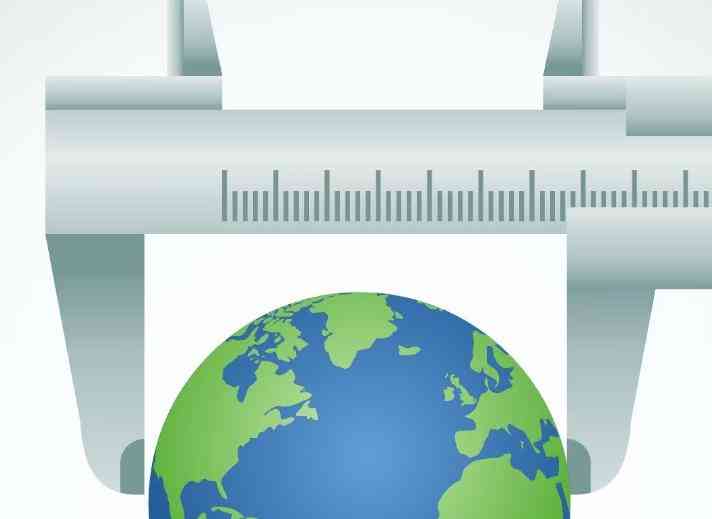|
International
Standard
ISO 374-5
Second edition
Protective gloves against dangerous
2024-07
chemicals and micro-organisms —
Part 5:
Terminology and performance
requirements for micro-
organisms risks
Gants de protection contre les produits chimiques dangereux et
les micro-organismes —
Partie 5: Terminologie et exigences de performance pour les
risques par les micro-organismes
Reference number
© ISO 2024
All rights reserved. Unless otherwise specified, or required in the context of its implementation, no part of this publication may
be reproduced or utilized otherwise in any form or by any means, electronic or mechanical, including photocopying, or posting on
the internet or an intranet, without prior written permission. Permission can be requested from either ISO at the address below
or ISO’s member body in the country of the requester.
ISO copyright office
CP 401 • Ch. de Blandonnet 8
CH-1214 Vernier, Geneva
Phone: +41 22 749 01 11
Email: [email protected]
Website: www.iso.org
Published in Switzerland
ii
Contents Page
Foreword .iv
1 Scope . 1
2 Normative references . 1
3 Terms and definitions . 1
4 Sampling . 2
4.1 Sampling for viral penetration testing .2
4.2 Sampling for bacteria/fungi penetration testing .3
5 Performance requirement. 3
5.1 General requirements .3
5.2 Dexterity .3
5.3 Penetration .3
5.4 Protection against viruses .4
5.5 Requirements for different protection types of gloves .4
6 Marking . . 4
6.1 General .4
6.2 Marking of protective gloves against bacteria and fungi .4
6.3 Marking of protective gloves against viruses, bacteria and fungi .5
7 Information supplied by the manufacturer . 5
iii
Foreword
ISO (the International Organization for Standardization) is a worldwide federation of national standards
bodies (ISO member bodies). The work of preparing International Standards is normally carried out through
ISO technical committees. Each member body interested in a subject for which a technical committee
has been established has the right to be represented on that committee. International organizations,
governmental and non-governmental, in liaison with ISO, also take part in the work. ISO collaborates closely
with the International Electrotechnical Commission (IEC) on all matters of electrotechnical standardization.
The procedures used to develop this document and those intended for its further maintenance are described
in the ISO/IEC Directives, Part 1. In particular, the different approval criteria needed for the different types
of ISO document should be noted. This document was drafted in accordance with the editorial rules of the
ISO/IEC Directives, Part 2 (see www.iso.org/directives).
ISO draws attention to the possibility that the implementation of this document may involve the use of (a)
patent(s). ISO takes no position concerning the evidence, validity or applicability of any claimed patent
rights in respect thereof. As of the date of publication of this document, ISO had not received notice of (a)
patent(s) which may be required to implement this document. However, implementers are cautioned that
this may not represent the latest information, which may be obtained from the patent database available at
www.iso.org/patents. ISO shall not be held responsible for identifying any or all such patent rights.
Any trade name used in this document is information given for the convenience of users and does not
constitute an endorsement.
For an explanation of the voluntary nature of standards, the meaning of ISO specific terms and expressions
related to conformity assessment, as well as information about ISO's adherence to the World Trade
Organization (WTO) principles in the Technical Barriers to Trade (TBT), see www.iso.org/iso/foreword.html.
This document was prepared by Technical Committee ISO/TC 94, Personal safety — Personal protective
equipment, Subcommittee SC 13 Protective clothing, in collaboration with the European Committee for
Standardization (CEN) Technical Committee CEN/TC 162, Protective clothing including hand and arm
protection and lifejackets, in accordance with the Agreement on technical cooperation between ISO and CEN
(Vienna Agreement).
This second edition cancels and replaces the first edition (ISO 374-5:2016), which has been technically
revised.
The main changes are as follows:
— reference to ISO 21420:2020+Amd 1:2022 has been added;
— new possible marking has been added, see Clause 6.
— a new subclause, 5.2 Dexterity, has been added;
— Table 1 has been updated;
— in Clause 7, clarification for single use gloves has been given.
A list of all parts in the ISO 374 series can be found on t
...














